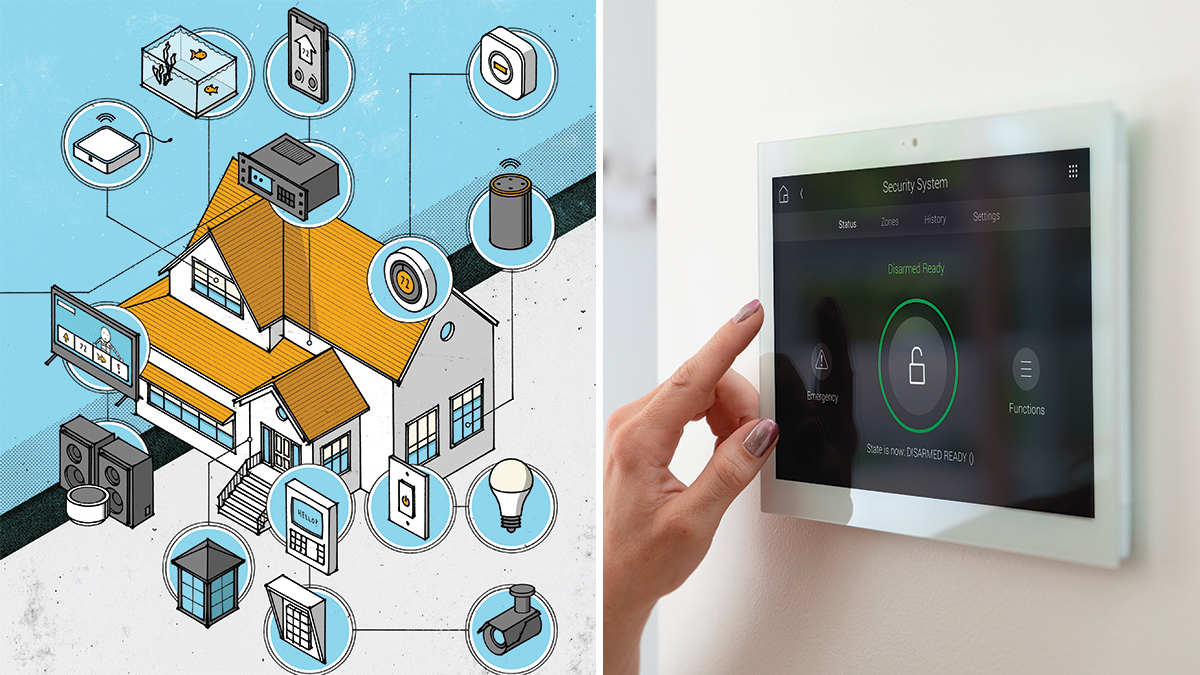Seamless Smart Home Integration: The LG ThinQ Hub
At the heart of LG ThinQ’s smart home ecosystem lies its intuitive app. This central hub allows you to control and monitor a wide range of LG appliances and compatible third-party devices, all from your smartphone or tablet. Whether you’re adjusting the temperature on your smart thermostat, starting a load of laundry, or preheating your oven, the ThinQ app provides a unified control center, eliminating the need to juggle multiple apps.
Voice Control: Hands-Free Home Management
Beyond the app, LG ThinQ boasts excellent voice control compatibility with leading virtual assistants like Google Assistant and Amazon Alexa. This means you can effortlessly control your smart home devices using simple voice commands. Imagine telling your Google Home to turn on the living room lights, adjust the blinds, or even start the robot vacuum cleaner – all without lifting a finger. This seamless integration makes smart home living incredibly convenient and intuitive.
Smart Appliances: LG’s Expanding Ecosystem
LG’s commitment to smart home technology extends across its diverse range of appliances. From refrigerators with built-in cameras and smart displays to washing machines with intelligent laundry cycles and dryers that optimize drying time, LG integrates smart functionality into its product lineup to enhance your daily routine. This interconnectedness allows for advanced features like automatically adjusting the refrigerator’s temperature based on food storage needs or receiving alerts when your washing machine cycle is complete.
Energy Efficiency and Savings: Smart Home, Smarter Living
LG ThinQ promotes energy efficiency and cost savings through its smart appliance features. Smart thermostats learn your preferences to optimize heating and cooling, while smart washing machines use less water and energy compared to their non-smart counterparts. The app provides insights into energy consumption, allowing you to track usage and identify areas for improvement. This data-driven approach empowers you to make informed decisions and reduce your overall energy footprint.
Security and Peace of Mind: Monitoring Your Home
Security is a key feature of LG ThinQ. By integrating smart security cameras, you can remotely monitor your home, receive alerts in case of unusual activity, and even communicate with visitors via two-way audio. This offers peace of mind, allowing you to keep an eye on your property, whether you’re at work, on vacation, or just across the street. The app provides a central dashboard for viewing live feeds and managing security settings.
Customization and Personalization: Tailoring to Your Needs
LG ThinQ allows for extensive customization and personalization to meet your unique lifestyle and preferences. You can create customized routines and scenes that automate specific tasks, such as turning on the lights and starting your coffee maker each morning. The app’s intuitive interface makes setting up these routines effortless, allowing you to tailor your smart home experience to your exact needs.
Beyond Appliances: Expanding the Ecosystem
While LG’s smart home ecosystem heavily features its own appliances, LG ThinQ’s openness also extends beyond its own brand. The app supports a growing number of compatible third-party devices, offering flexibility and choice.






![Everything You Need to Know Hermes’ [Bag Name] Everything You Need to Know Hermes’ [Bag Name]](https://images.unsplash.com/photo-1507666664345-c49223375e33?fm=jpg&q=60&w=3000&ixlib=rb-4.0.3&ixid=M3wxMjA3fDB8MHxzZWFyY2h8MTN8fGhlcm1lcyUyMHBhcmlzJTIwYmFnfGVufDB8MHwwfHx8Mg%3D%3D)








